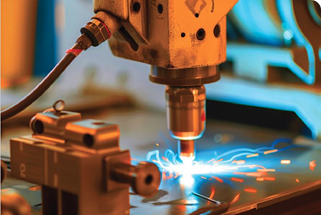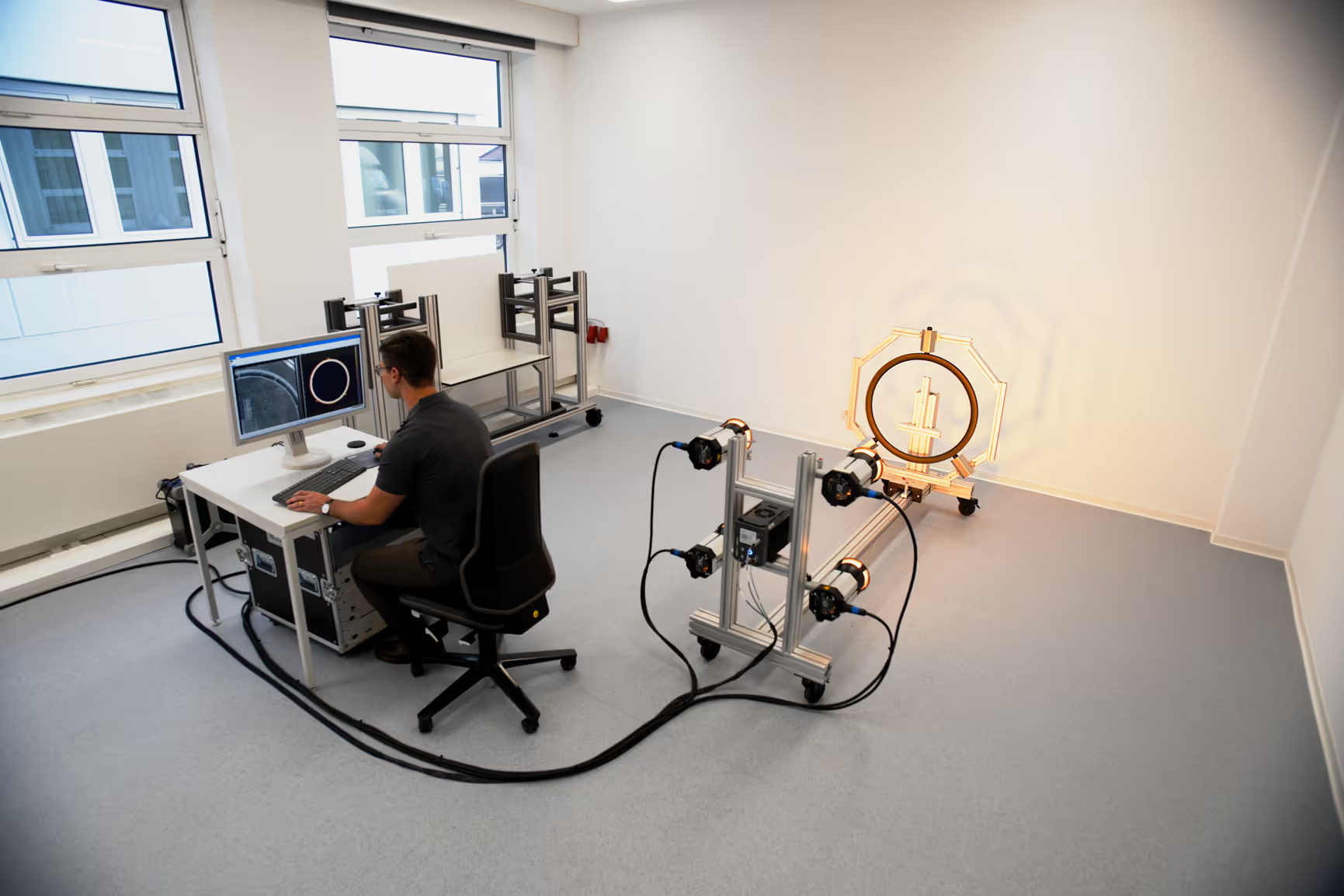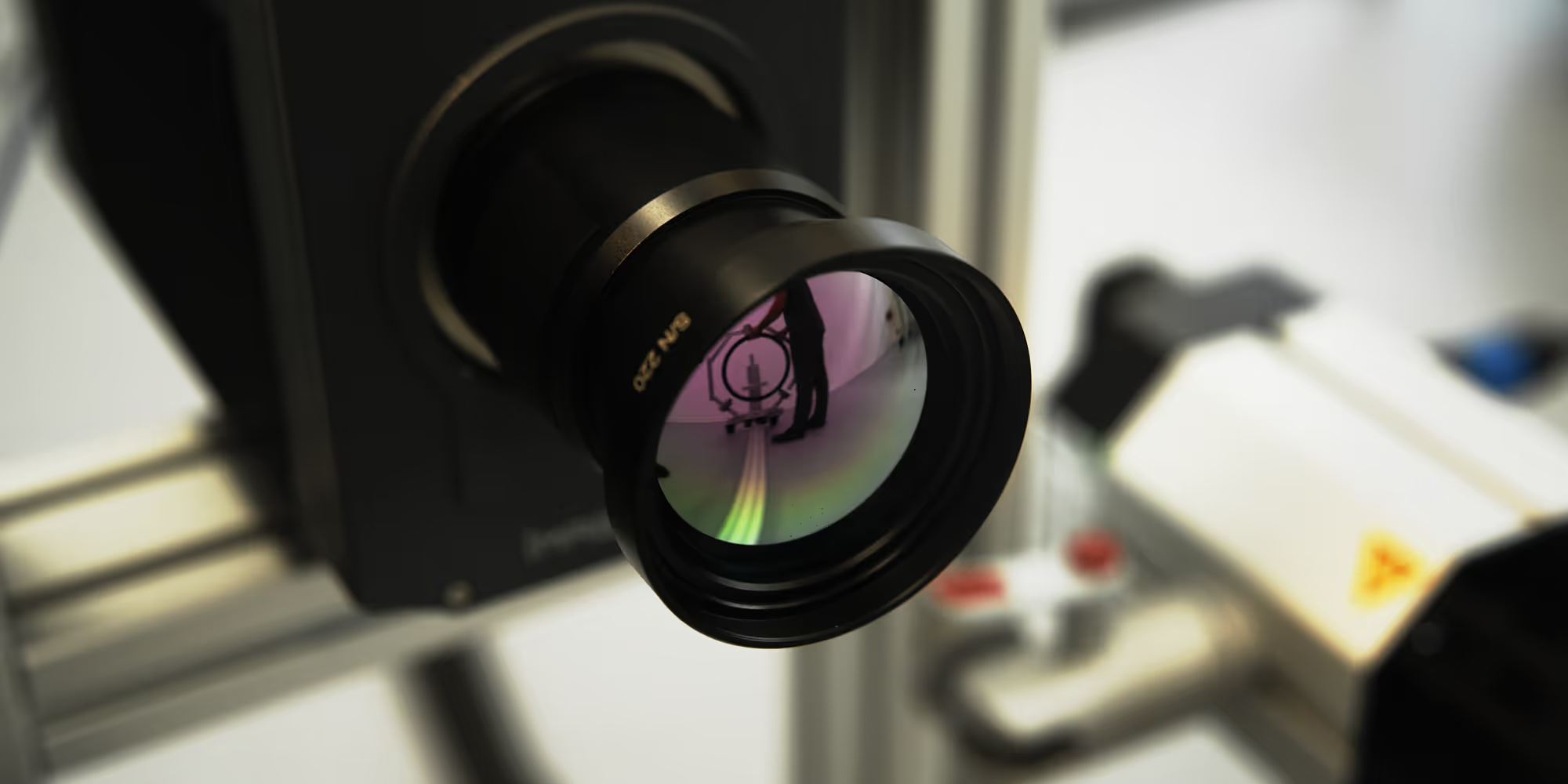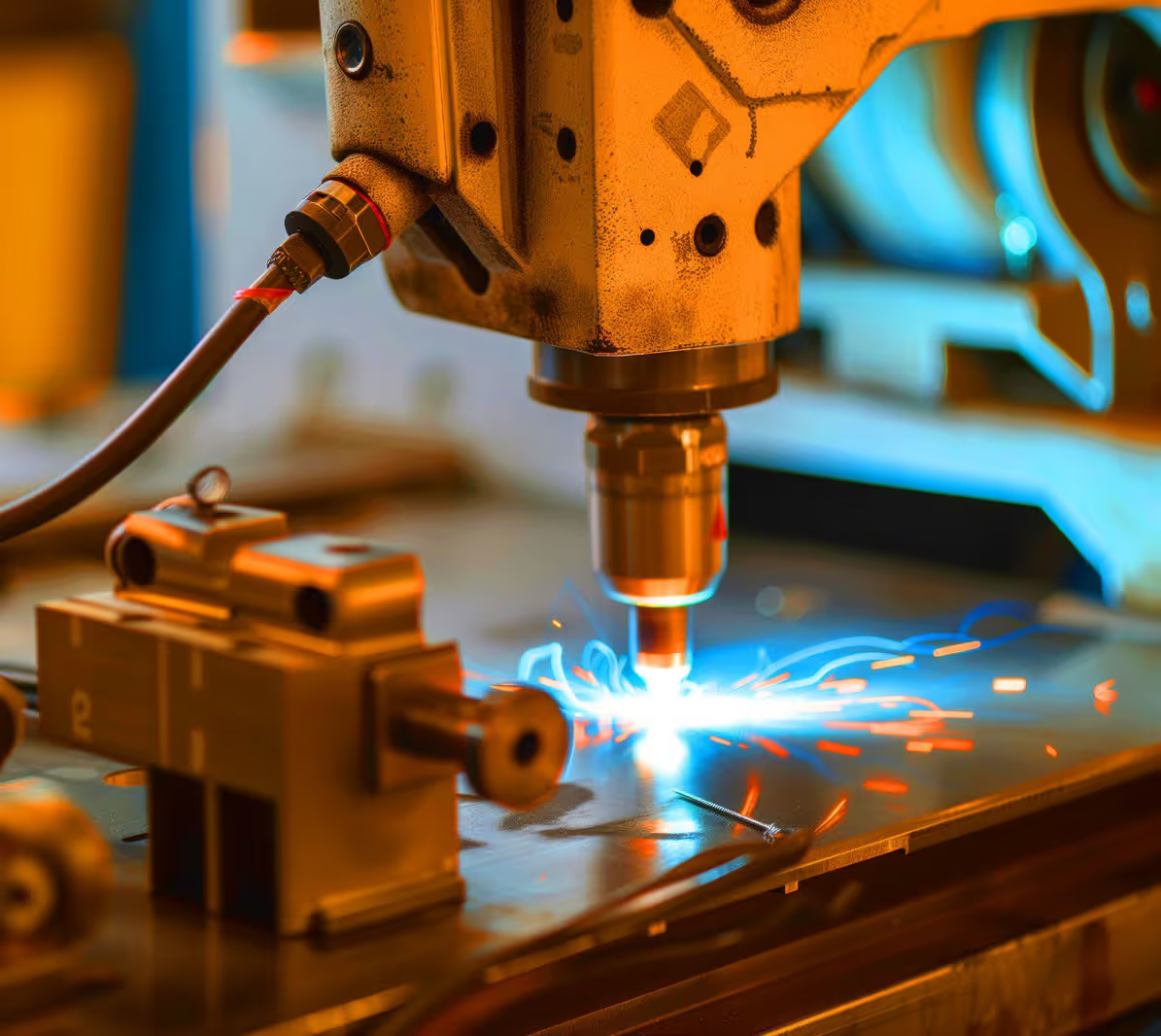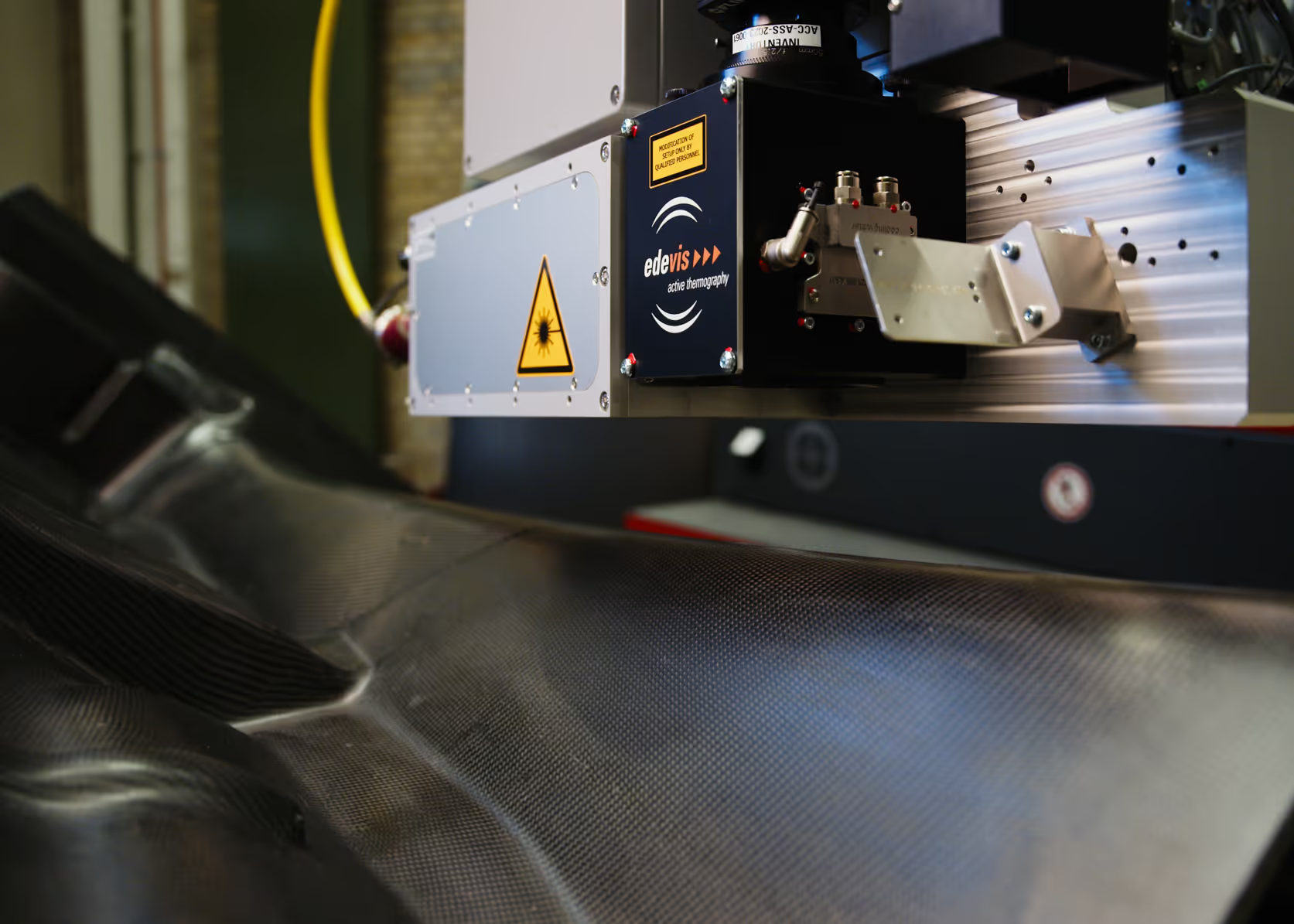Reliable crack detection
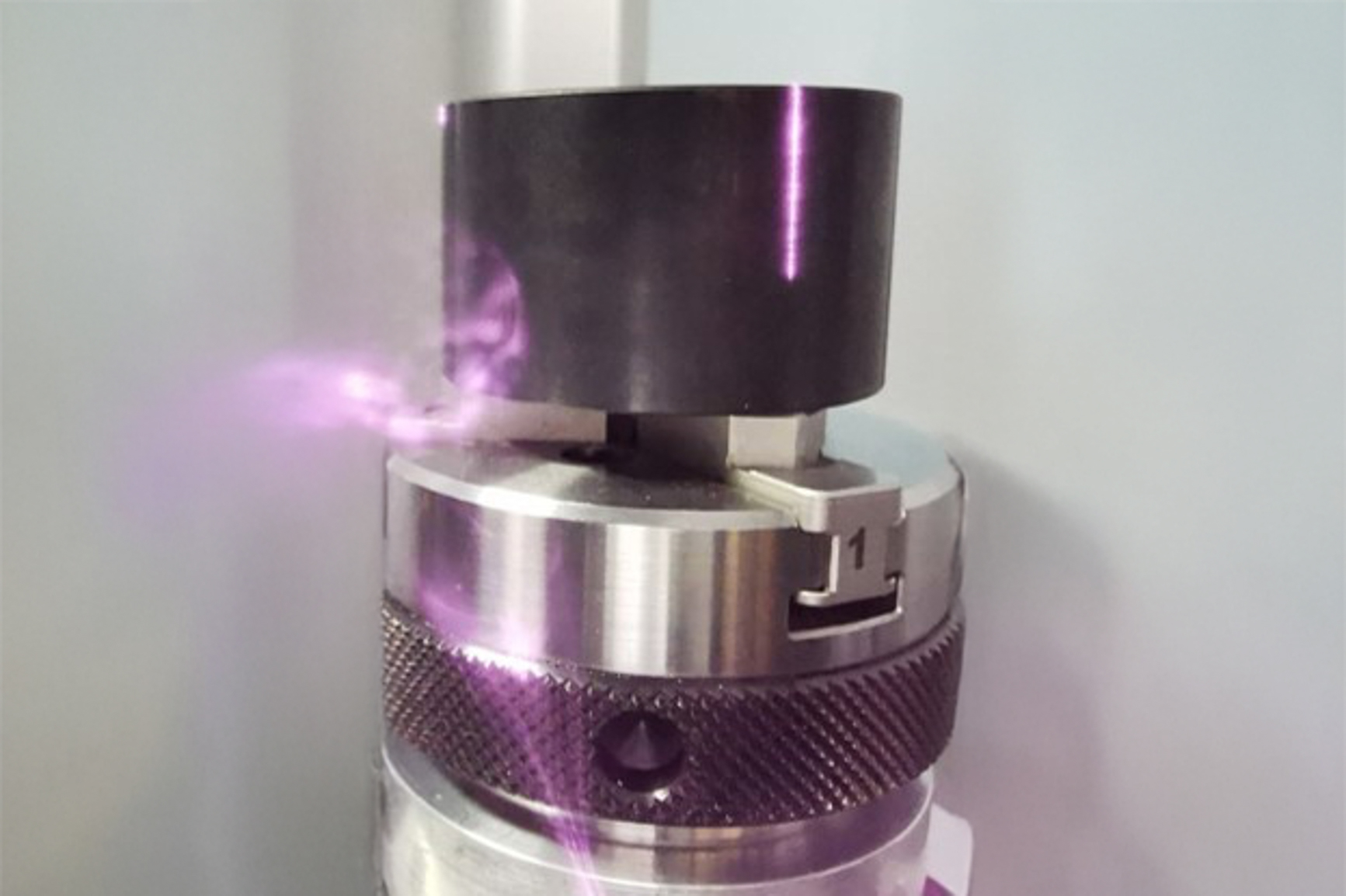
Project Description
Application
Customer Benefits
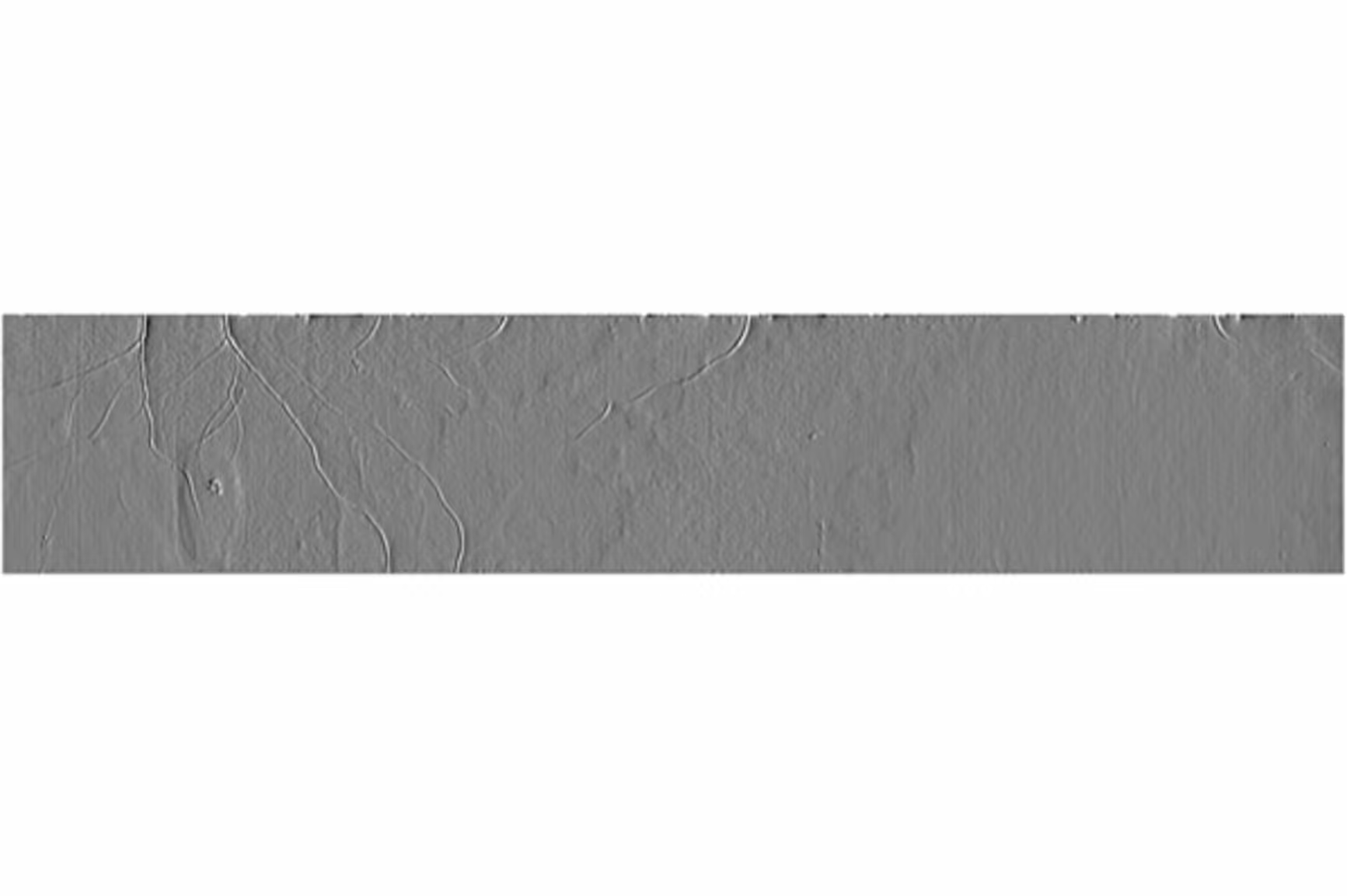
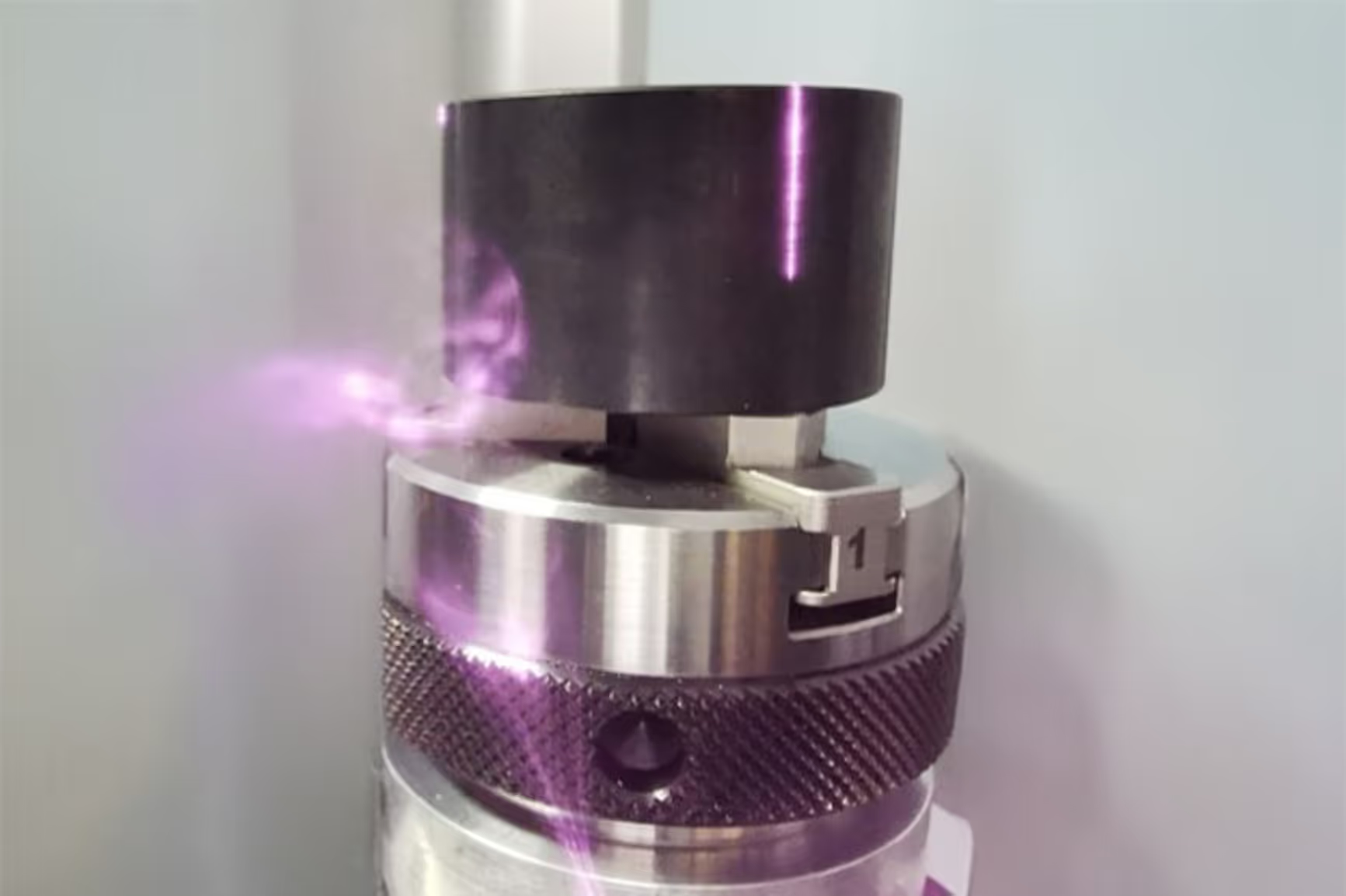
Task
Solution

Implementation
FAQ
Our frequently asked questions — answered quickly and easily.
How deep can active thermography 'look' into a component?
The penetration depth depends on the material, thermal conductivity and the excitation used. As a rule, defects up to several millimetres deep can be reliably detected. For greater depths a specially adapted testing configuration may be required.
find out moreIs the evaluation of the thermograms complicated?
Interpreting the data requires expert knowledge – especially with complex structures. edevis relies on powerful software solutions with algorithms for automated evaluation. This allows relevant defects to be efficiently identified and documented.
find out moreWhat is the difference between passive and active thermography?
In passive thermography only the natural surface temperature of an object is measured – without any external energy input. Active thermography, on the other hand, specifically stimulates the test object with heat or energy to make hidden defects inside visible. It is therefore much more informative for industrial inspection tasks.
find out moreWhen is active thermography more sensible than passive?
Active thermography is particularly useful when defects such as cracks, delaminations or adhesive problems beneath the surface need to be detected. It is ideal for non-destructive testing of components in which natural temperature differences are insufficient or not present.
find out moreWhich materials can be tested with active thermography?
The method is versatile: from metals, ceramics and plastics to fibre-reinforced composite materials. Depending on the material, different methods (e.g. pulse, lock-in or induction thermography) are used, which are individually adapted by edevis.
find out more




